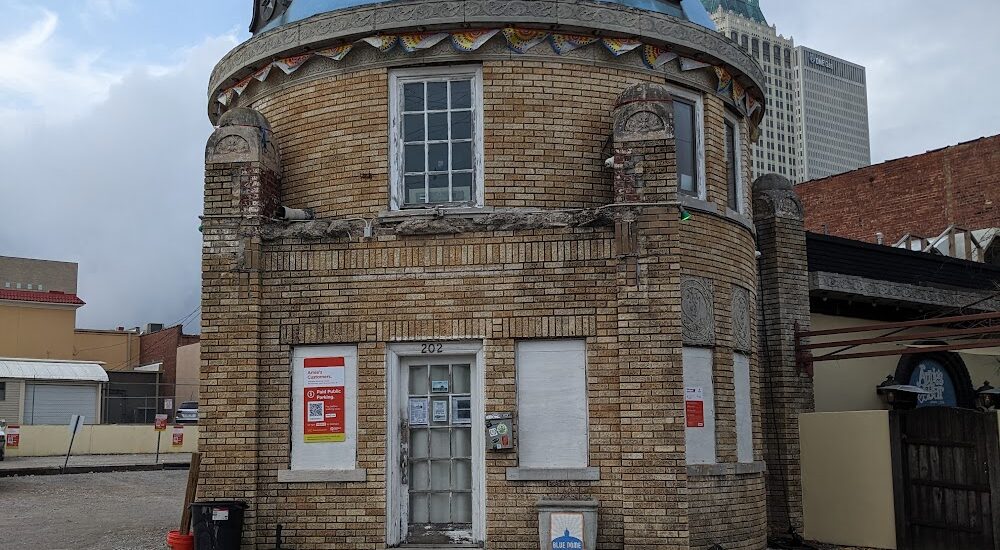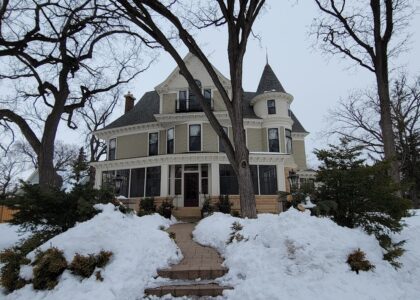Welcome to the Blue Dome, a fascinating landmark in Tulsa, Oklahoma, with a rich and evolving history. The Blue Dome Building, a distinctive structure with its iconic blue roof, was constructed in 1924 as a Gulf Oil gas station. Its unique Art Deco architecture made it stand out, even as it served the more utilitarian purpose of fueling the vehicles cruising along the bustling Route 66.
In its early years, the Blue Dome gas station was a vital stop for travelers on the Mother Road, Route 66, which brought a steady stream of customers. However, when Route 66 was realigned, the gas station’s prominence waned, and it closed in 1953. This was a turning point for the building, as it transitioned to new roles over the decades, including an antique shop, a restaurant, and a bar, demonstrating its resilience and adaptability.
What truly brings the Blue Dome to life today is its role in the vibrant Blue Dome District, a hub for nightlife and cultural activities in Tulsa. The district has evolved from a collection of industrial and commercial buildings into a lively area known for its art and music influences. Notably, the annual Blue Dome Arts Festival, which started in 2003, draws nearly 250 visual and craft artists each year, highlighting local talent and creativity. This transformation reflects Tulsa’s broader economic and cultural shifts, from its early days as an oil boomtown to a modern urban center.
Throughout its history, the Blue Dome has been a gathering place for locals and visitors alike. Although the building currently stands empty, it remains a beloved symbol of the district. It’s a testament to Tulsa’s ability to adapt and thrive, honoring its past while embracing new opportunities for growth and community engagement.





